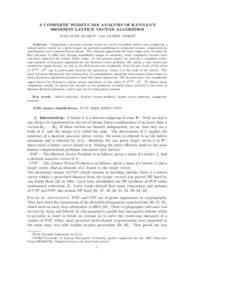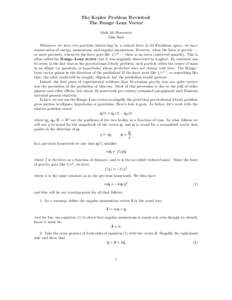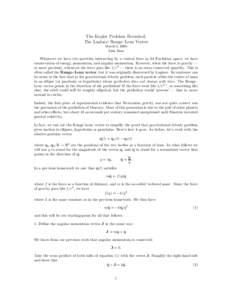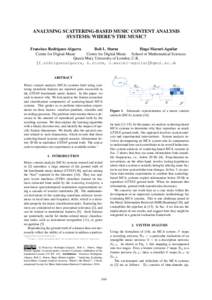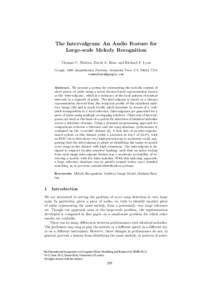<--- Back to Details
| First Page | Document Content | |
|---|---|---|
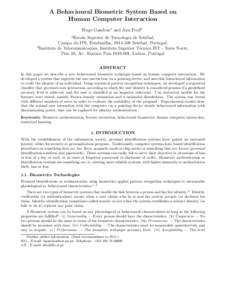 Date: 2010-07-24 14:01:23Linear algebra Machine learning Biometrics Surveillance Pattern recognition Keystroke dynamics Vector space Euclidean vector X Window System Algebra Mathematics Abstract algebra |
Add to Reading List |
 A Behavioural Biometric System Based on Human Computer Interaction Hugo Gamboaa and Ana Fredb a Escola Superior de Tecnologia de Set´
A Behavioural Biometric System Based on Human Computer Interaction Hugo Gamboaa and Ana Fredb a Escola Superior de Tecnologia de Set´